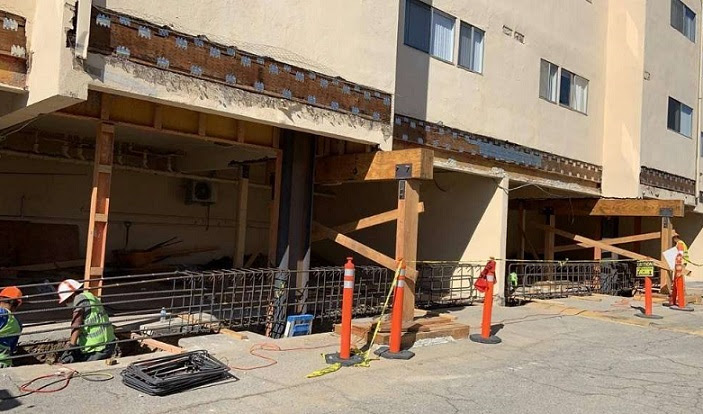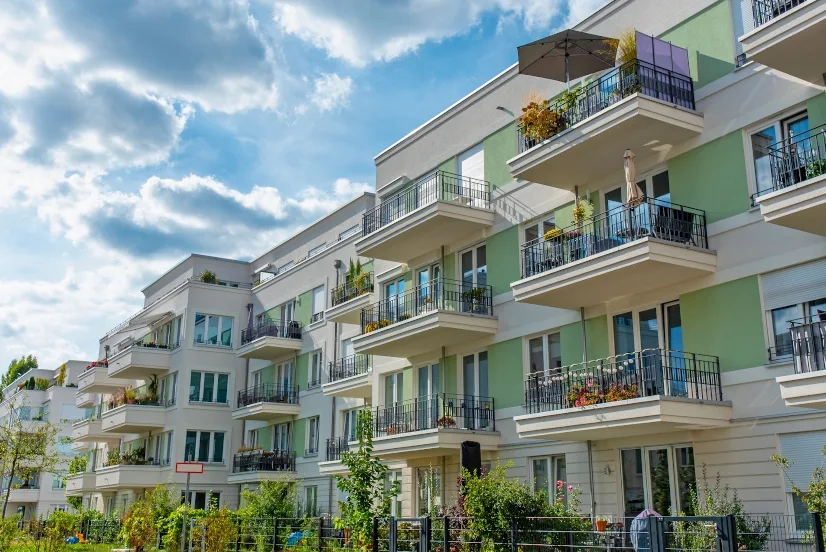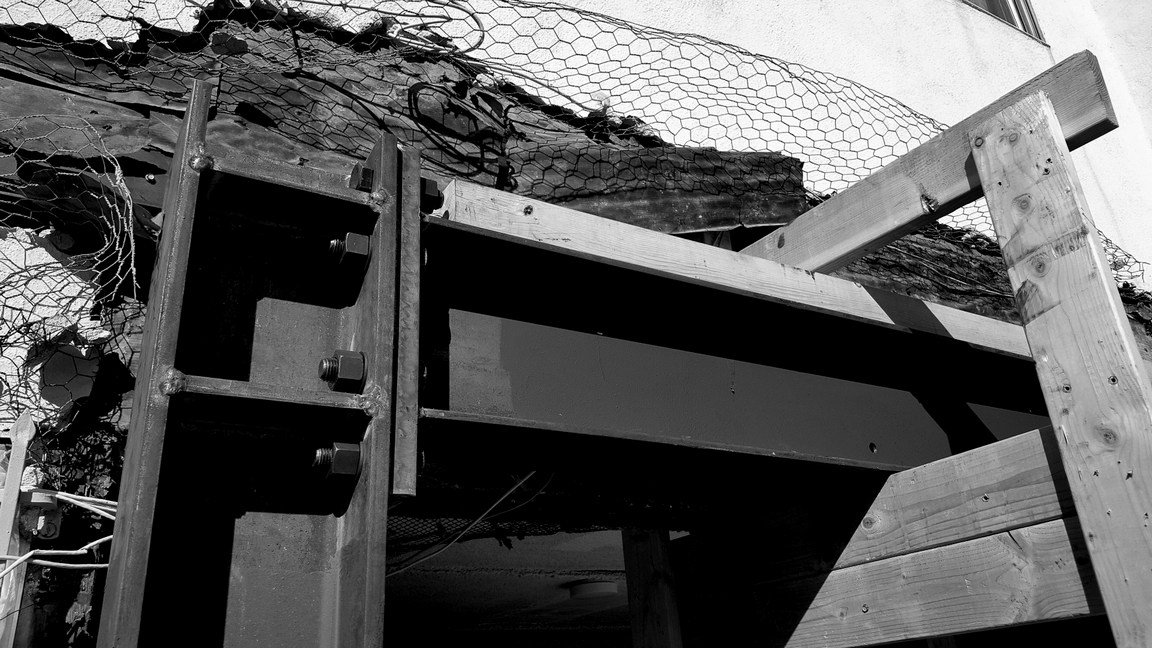Seismic retrofitting has extended to 27% of Los Angeles’ 11,400 dangerous wood-frame apartments, up from 5% just 14 months ago. Retrofit progress has been steady across the city, a Times analysis of city records shows. Among the regions with the most “soft-story” buildings, 29% of the apartments on the Westside and in the San Fernando Valley are retrofitted, and 26% have been completed in central L.A., which includes Hollywood, Mid-City and Koreatown. The Westside, Valley and central L.A. regions are home to more than 80% of the soft-story buildings in the city.
Only the Eastside lags substantially behind the rest of the city, with 17% of apartment buildings’ retrofit completed. But there are relatively few soft-story apartments there — fewer than 180.
There are still more than 8,000 soft-story apartment buildings that need to be retrofitted across the city
In Los Angeles, the retrofits represent significant progress for a city that only in 2015 passed a sweeping earthquake retrofit law authored by Mayor Eric Garcetti for these vulnerable wood buildings with a flimsy ground floor. Building owners in L.A. have seven years once they’re notified to retrofit.
“When we think about preparing for a major earthquake, our first thought has to be about saving lives — and I know that aggressive action on these retrofits will make that difference when the Big One hits,” Garcetti said in a statement. “Our progress is ahead of schedule, but we have to keep pushing to make certain that we get the job done as quickly as possible.”
In Northern California, Oakland enacted a mandatory soft-story retrofit law earlier this year, joining San Francisco and Berkeley, which adopted similar laws in 2013 and 2014, respectively. In San Francisco, 67% of about 5,000 wood-frame apartments at least three stories tall and with at least five residential units have been retrofitted. About 79% of 292 soft-story buildings in Berkeley have been retrofitted, as have all 27 soft-story buildings known to exist in Fremont.
Other cities have resisted taking action, citing the cost to property owners and concerns that the work could worsen California’s already serious housing affordability crisis. Some of Los Angeles County’s most populous cities that have many older buildings, like Long Beach and Glendale, haven’t passed laws recently requiring retrofit of soft-story apartments.
Neither has the Los Angeles County Board of Supervisors, which governs 1 million people in unincorporated communities that don’t have their own city councils, and is responsible for areas like East Los Angeles, Florence-Firestone and Hacienda Heights.
Retrofitting most soft-story apartment buildings costs $40,000 to $160,000, with most averaging around $80,000, according to a recent estimate presented to Culver City officials.





